In November 2022, OpenAI released ChatGPT. The generative artificial intelligence tool, which rapidly became popular, includes a chatbot that produces responses to given questions or statements. As the two-year anniversary of this AI creation approaches, it is interesting to see how it has changed the dynamic of our lives. To some, AI’s influence may have barely made a scratch on their day-to-day life. But for others, AI’s impending arrival was a complete takeover of their lives.
Coined in the early 1900s, AI has been around for longer than we can remember. Defined as a computer system that can mimic human intelligence, learn, and problem solve, AI has progressed immensely over the past century. Throughout the day, you often see different forms of AI wherever you turn, whether it’s Snapchat’s popular “My AI” chatbot or the person sitting next to you in class playing chess against a robot.
AI has been slowly creeping into more parts of our lives, and for students, it has greatly affected the learning dynamic in schools.
For both students and teachers, generative AI and other AI platforms show many ways to improve efficiency and make tasks easier, but it also makes cheating much easier. Caught in a confusing time, the debate stands: do the benefits of AI in the classroom outweigh the consequences?
When asked about their general opinions on the use of AI in the classroom, many teachers at DHS have grasped the reality that AI is here to stay. Instead of fighting it, according to these teachers, AI must be embraced. In the words of social studies teacher Douglas Bedard, “Pandora’s box has been opened, so the question should not be if we use AI and teach AI skills in the classroom, but rather how we use AI and teach AI skills.”
Jessica Brittingham, the technology instructional specialist at DHS, believes that educators have the responsibility to prepare students for a future in using AI technology. This is done through teaching AI literacy and establishing guidelines. Ms. Brittingham feels that failing to prepare students for a future in advancing technology will ultimately put students at a disadvantage in the real world, as jobs and businesses put more of an emphasis on the use of AI.
For educators to effectively teach AI, they must have a good understanding of it themselves. The DHS faculty plans to take part in many AI-focused professional developments in the year to come. For example, Ms. Brittingham has created an AI Squad, composed of 16 DHS teachers, who will work together to define AI literacy, discuss its practical applications in the classroom, develop strategies for teaching AI concepts, and establish preliminary criteria for assessing student AI literacy.
When AI is used correctly and ethically, it has the potential to “inspire creativity and innovation, help teachers support different student learning styles and accommodations, and create opportunities for more personal interaction and hands-on learning,” said Ms. Brittingham.
AI was also created with the intent to make completing normal tasks more efficient. Computer science teacher Eric Bosworth believes that the introduction of AI into the classroom is similar to the introduction of the calculator. Many people were concerned that the calculator would replace thinking and problem solving. However, when used correctly, the calculator just makes things faster. It’s a helpful tool for solving math problems.
Many teachers believe that the problem with using AI in the classroom is that it is not always ethically used, and can be misused as a replacement for effort. In their eyes, turning in an assignment that was completed by AI contradicts the intention of the assignment, which is to enhance the skills of the student working on it. English teacher Ann Fifield feels strongly that a student will not grow as a learner if they hand off their assignments to AI, especially without an attempt to consume the knowledge. She stated that her job is to “get kids to think critically, beautifully, proactively, and creatively,” but this is hindered when students don’t take in the story, lessons, phrases, and plots themselves.
Learning grows from thinking. AI can instantly spit out a “perfect” essay, but learning to write a good essay takes effort, as well as trial and error, and Ms. Fifield feels it is important that students still figure out these skills themselves so they will be prepared for other tasks and challenges they’ll face in the future.
English teacher Jessica Lassey agrees that AI platforms such as ChatGPT have taken over student writing in a non-ethical way. A student passing off work that is done by AI is a form of plagiarism and cheating.
With all of the controversy over students using AI for assignments, there is a flip side. English teacher Will Higgins wonders if it is not okay for a student to use AI to write an argumentative response, is it okay for teachers to use AI to grade the argumentative responses? This is a gray area in the ethical guidelines of using AI, but since the technology is available, some DHS teachers have taken to utilizing AI for specific tasks. They use many widespread AI platforms, such as utilizing Canva’s Magic Studio to create images, using AI to generate lesson ideas, using AI to proofread computer science code, and the very popular spellcheck function.
Mr. Higgins also talked about the College Board allowing students to use AI in AP projects under certain conditions. According to their 2023-2024 Guidelines for Artificial Intelligence Tools and Other Services, AP African American Studies, AP Capstone classes, and AP Computer Science Principles allow generative AI tools to be used to explore new topics, look for resources, check grammar, and confirm a student’s understand of a complex text. AP Art and Design strictly prohibits the use of AI in the creative process of the AP project.
As AI advances in the coming years, the guidelines may need to adjust along with it.

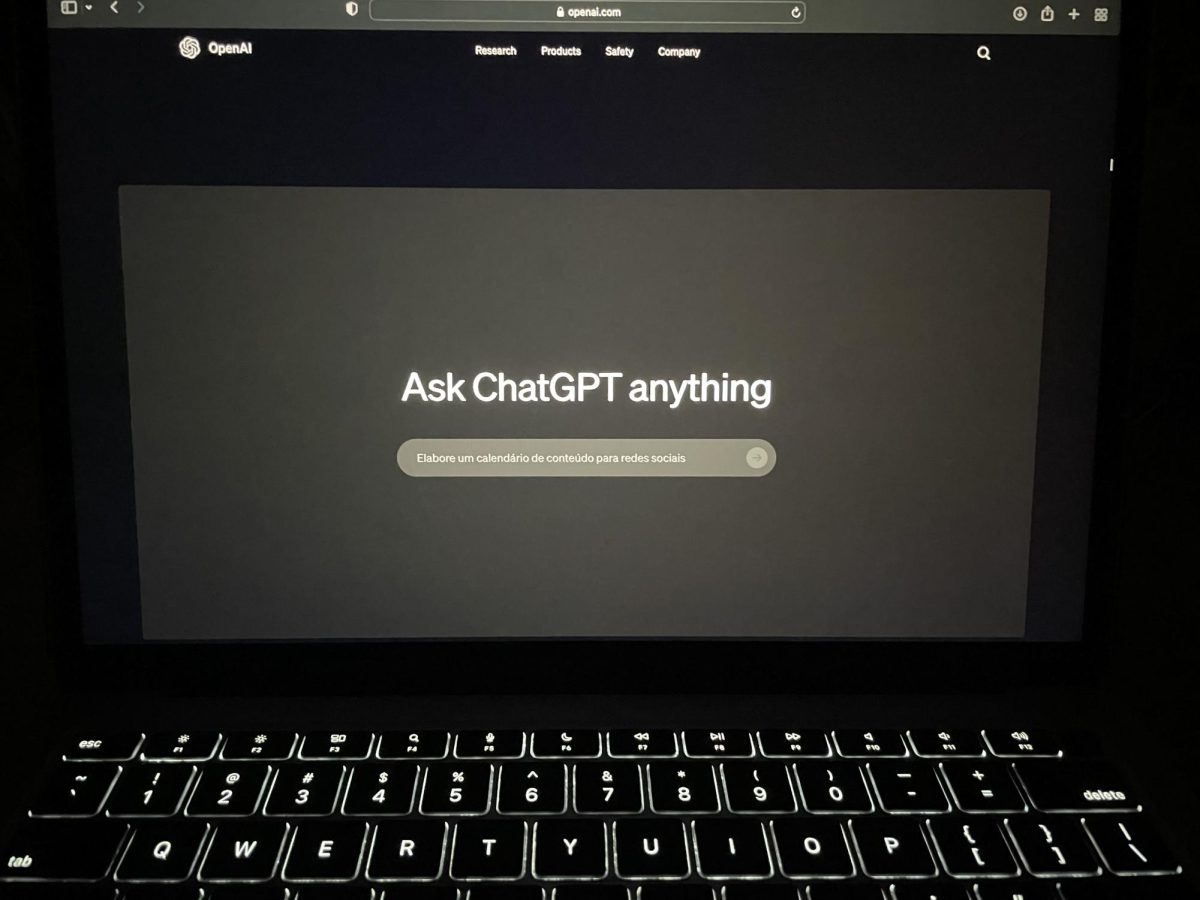


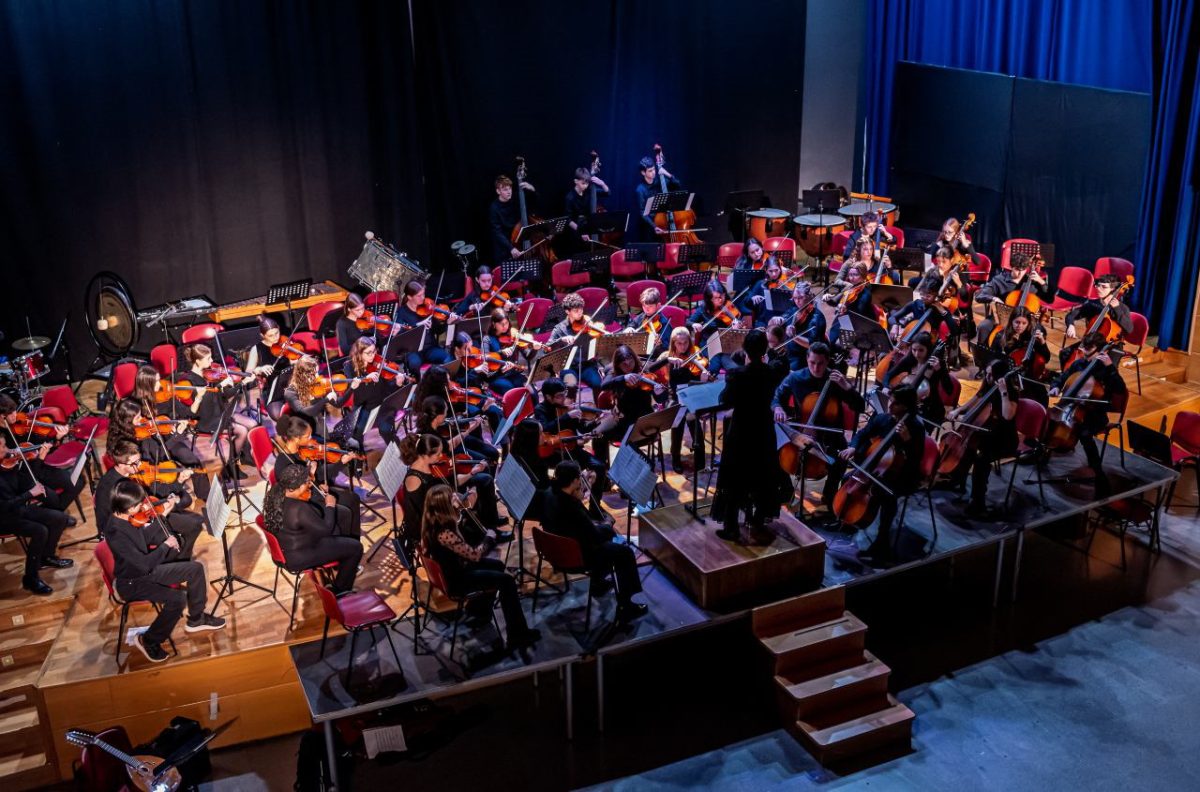
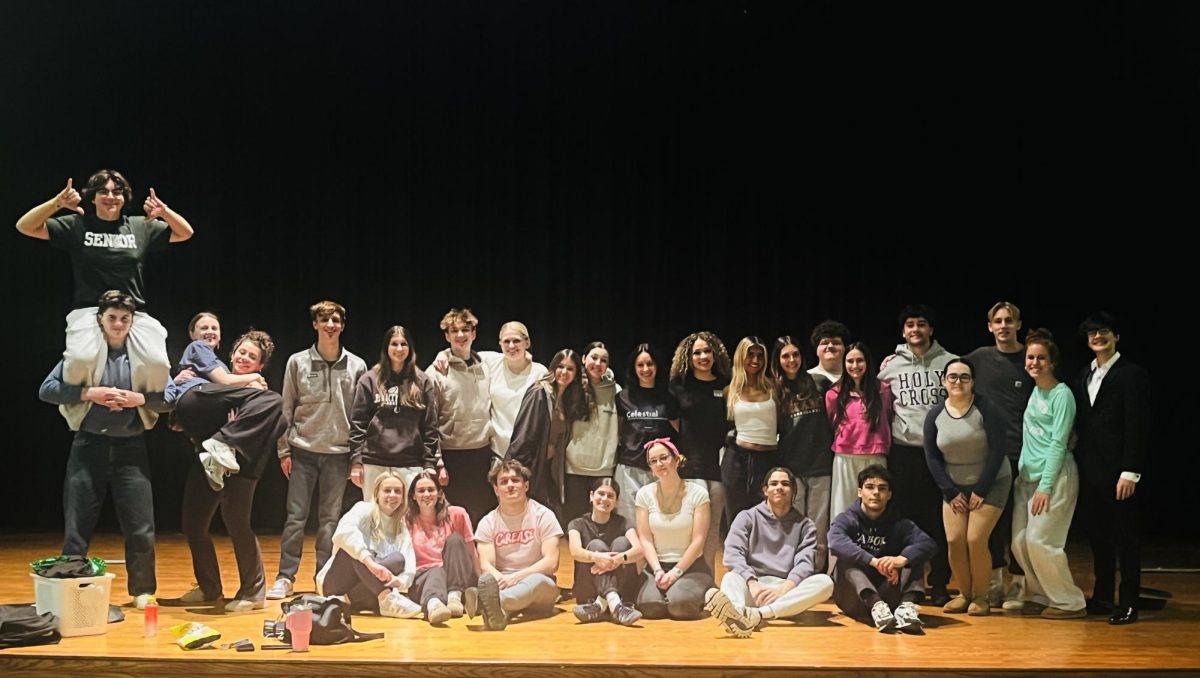
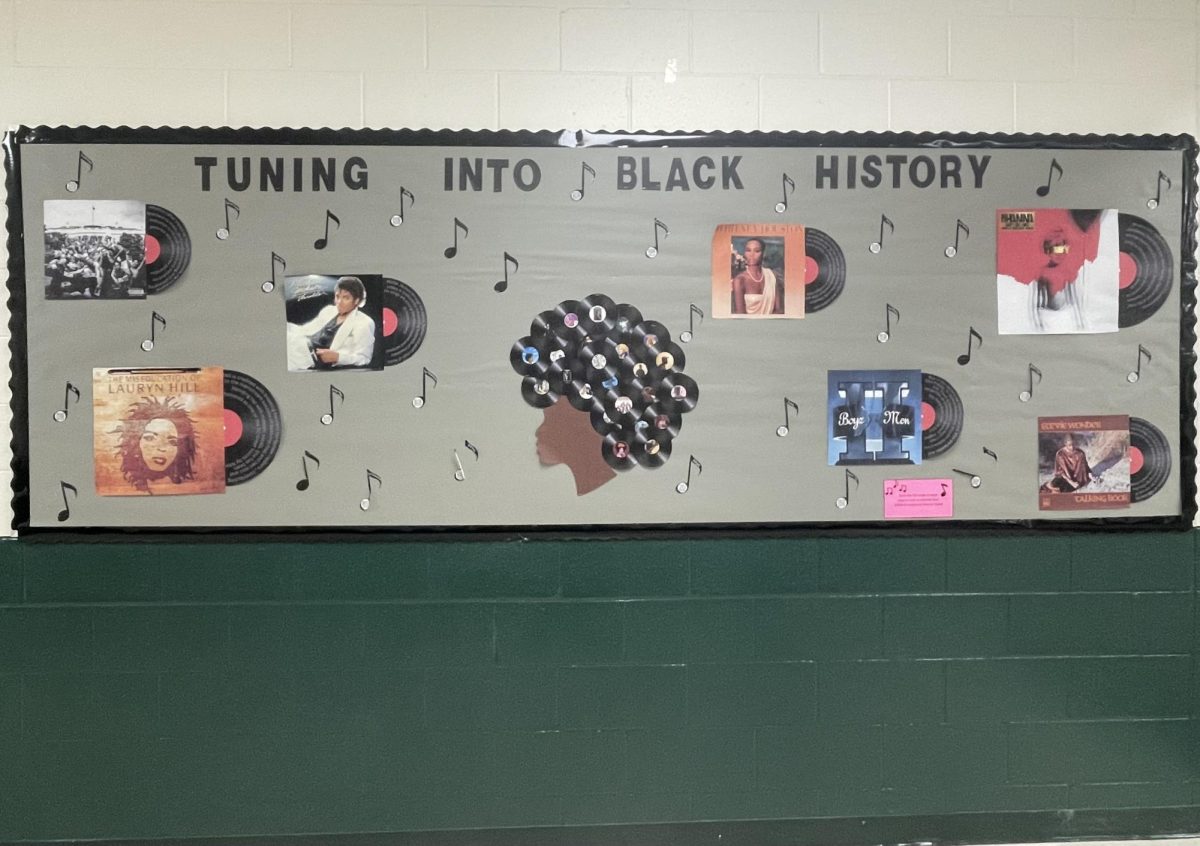
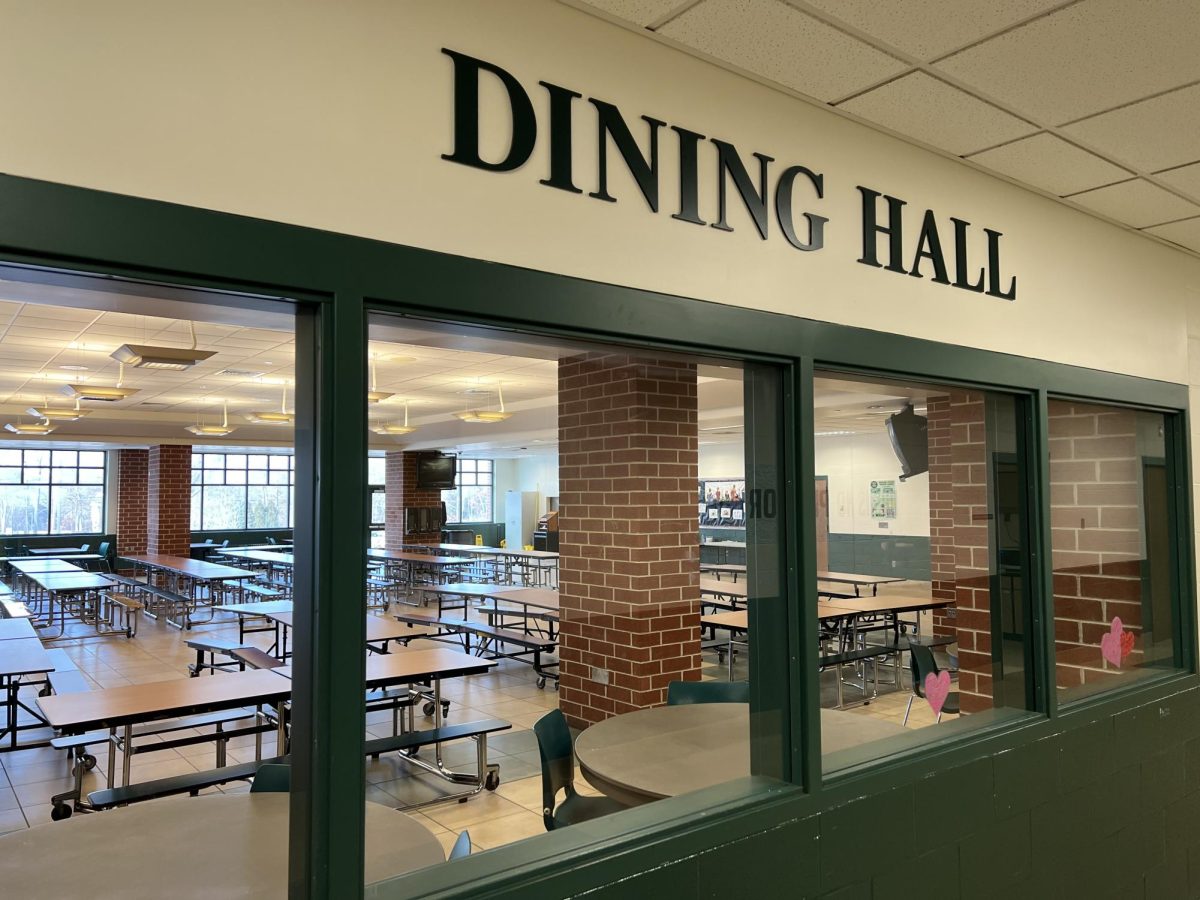
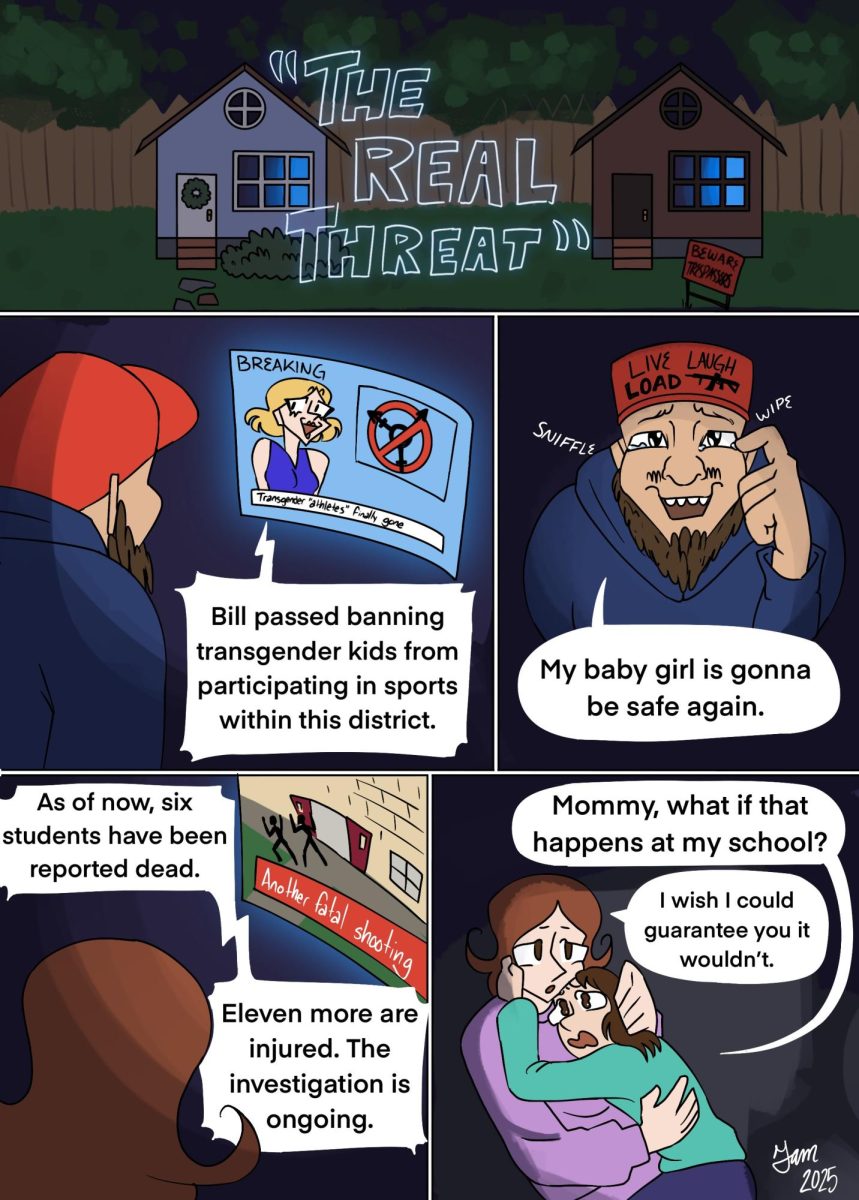

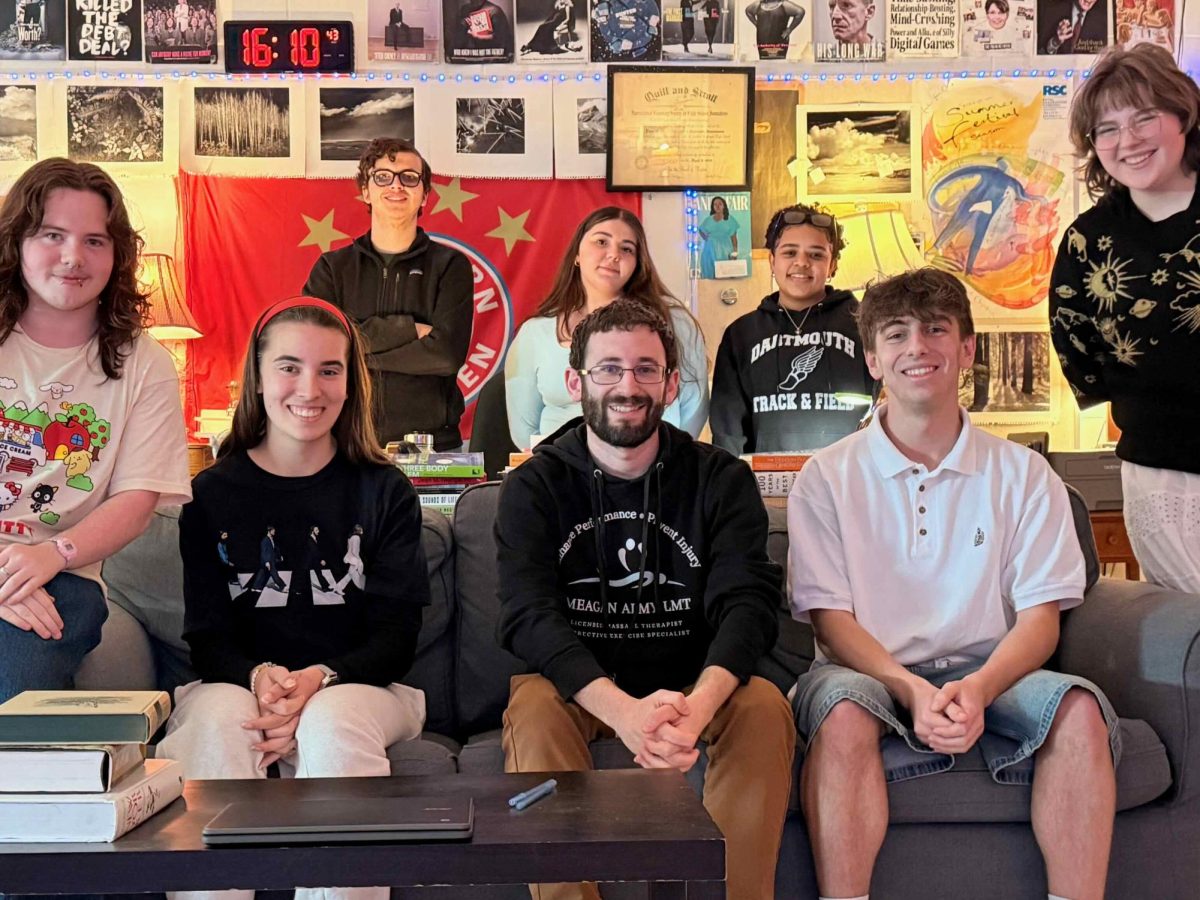
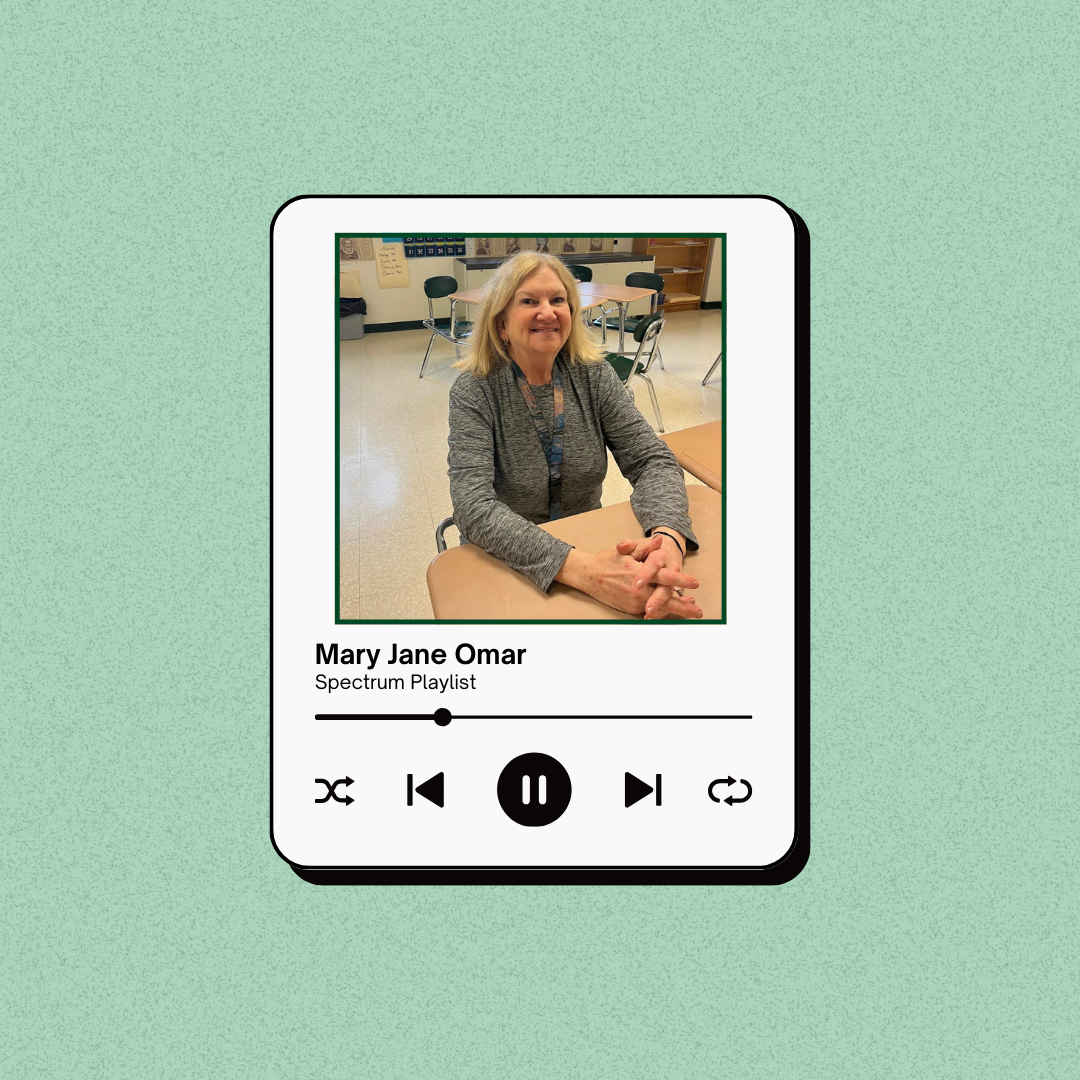
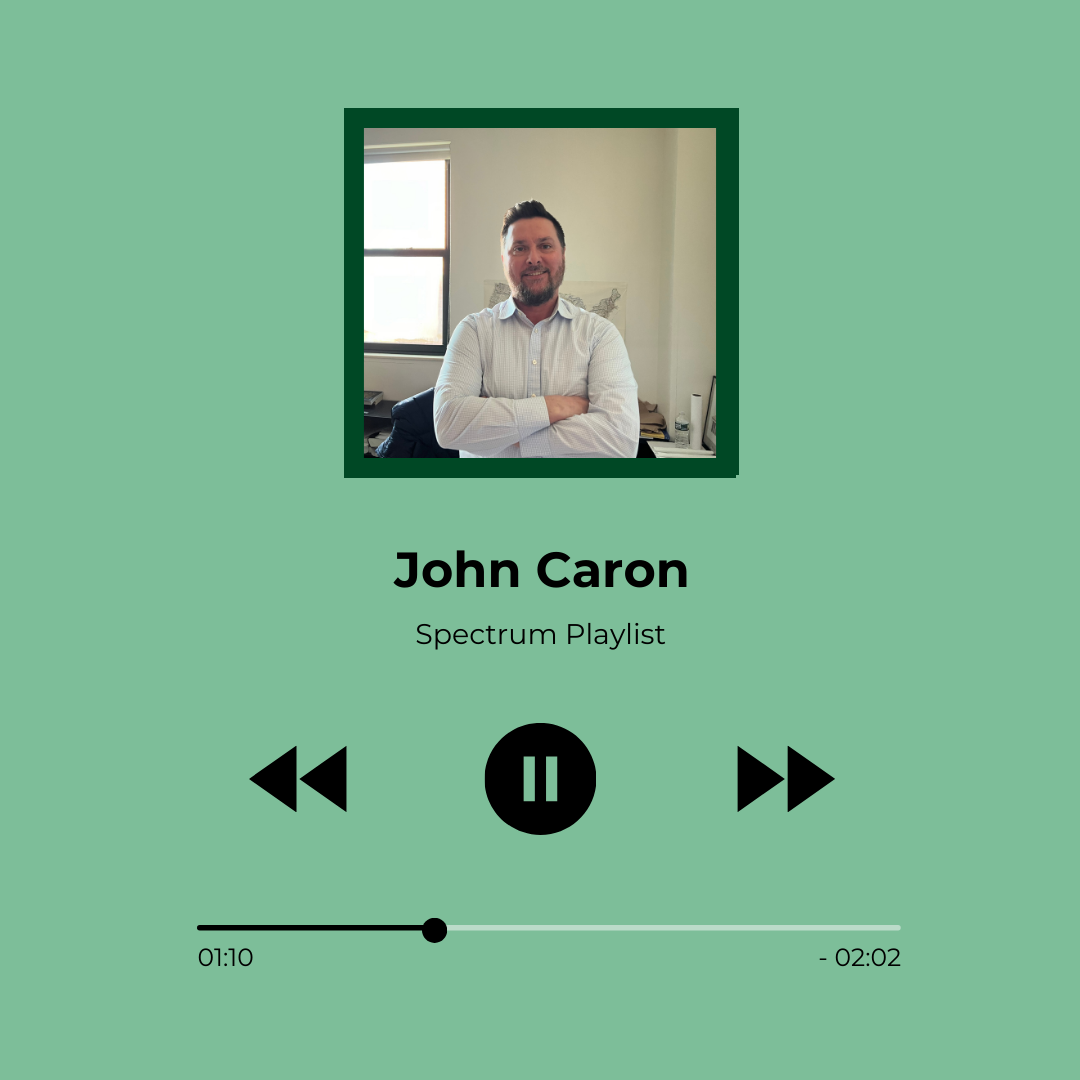
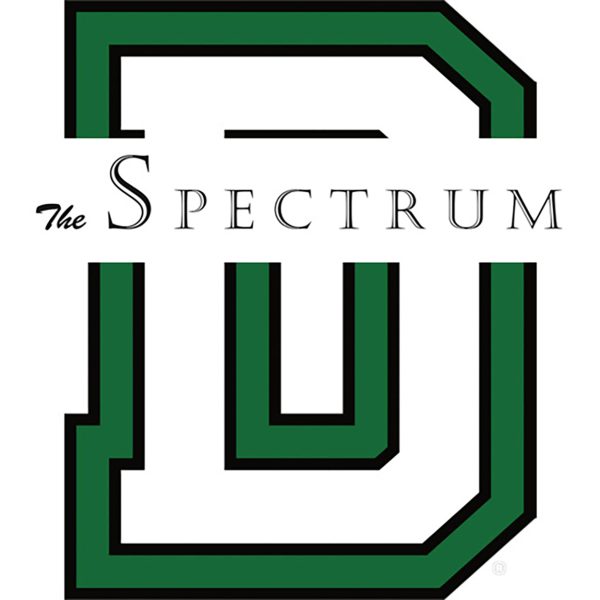

Laura Gardner • Oct 11, 2024 at 5:38 pm
Any thoughts on the huge amounts of electricity required to power AI and the increase in emissions that result?
samuel brodsky • Oct 11, 2024 at 12:22 pm
this will be the biggest change in education in a long time. one other example, the robotics team can submit engineering reports written using AI, so long as it is credited.